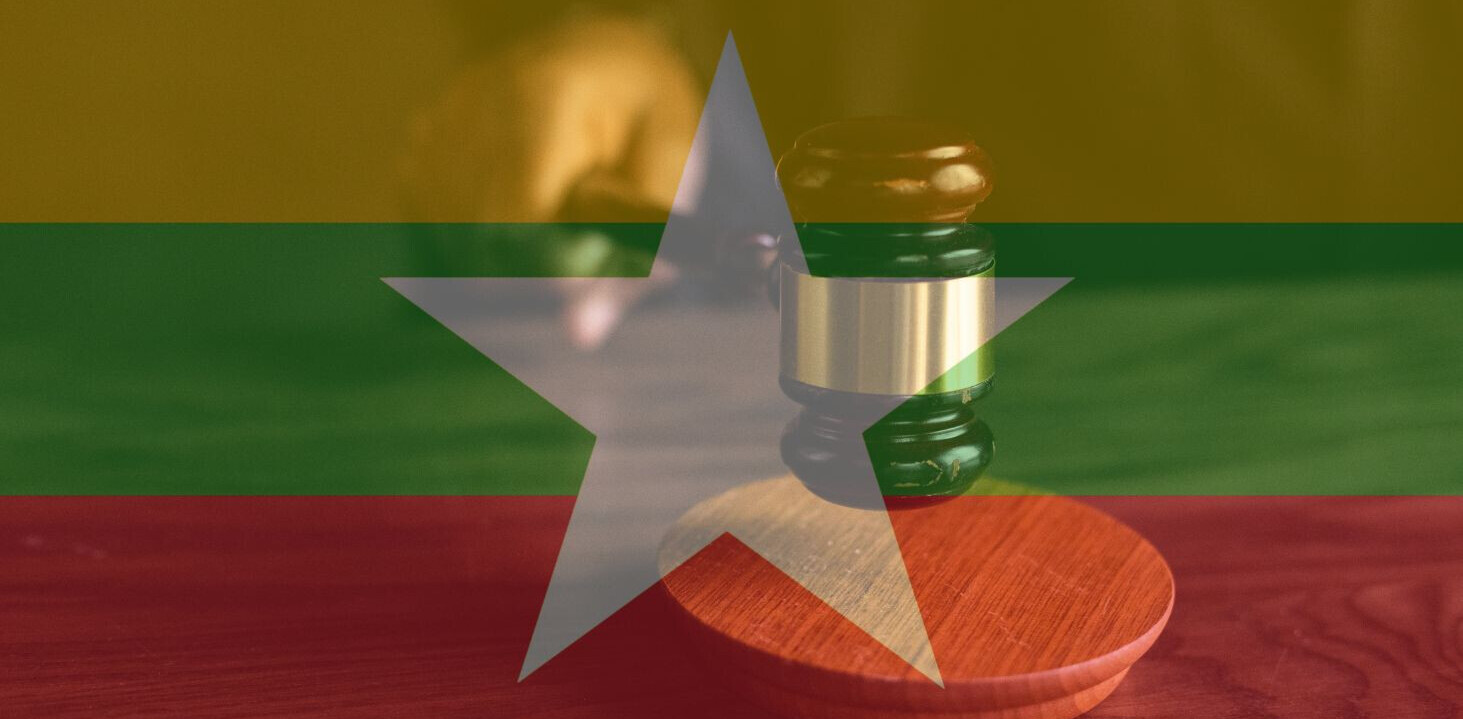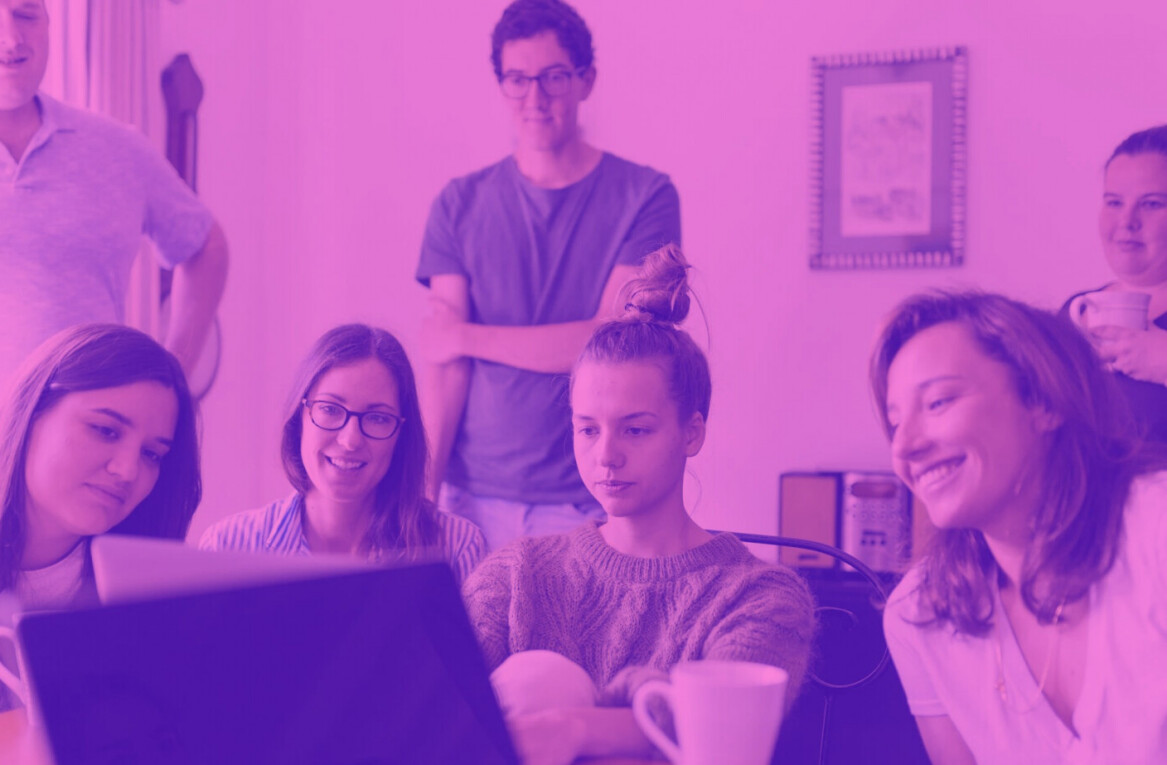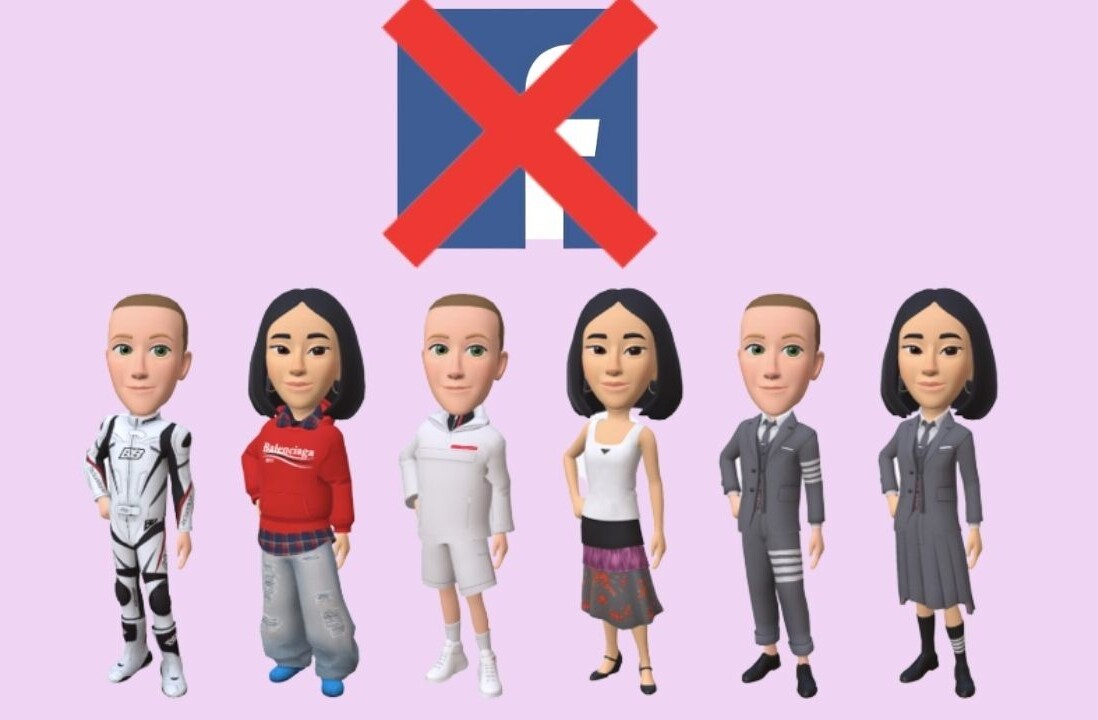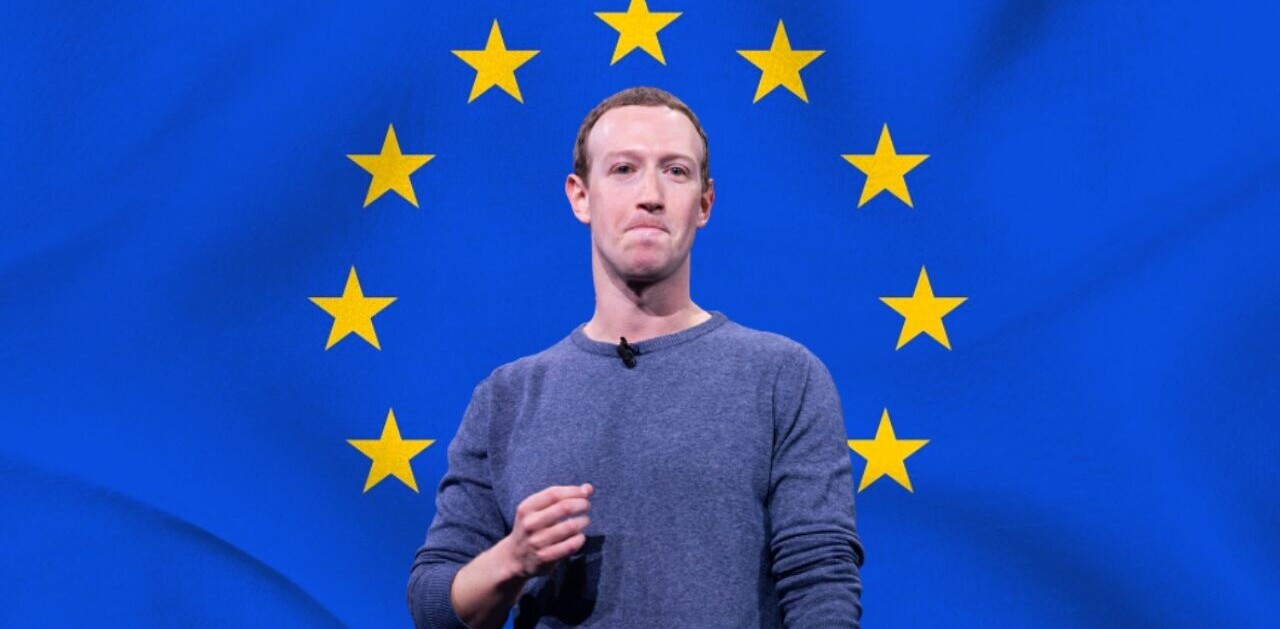
Chimigi (“what’s up?” in Farsi), the Iranian online research panel, has released highlights from its syndicated study and infographic, Iran Web 2.0.
The latest installment is the third in a series designed to inform foreign and local companies on the attitudes and behaviours of Iranian consumers and professionals. The study sample covers 2,300 respondents who live in Iran and was taken at the end of October.
With regards to social media sites, 58% of respondents said they regularly use Facebook and 37% use Google+. Local Iranian network Cloob garnered 14% of responses with Twitter and LinkedIn claiming 12% each. Around a third of those who took the survey said they use social media sites for at least an hour each day.
When it comes to digital consumption and production, the group was equally active. 23% said they post photos and 20% post or repost music or video clips. 22% said they run their own blog and 45% read and contribute to online forums or discussion boards.
“Iranians are amongst the highest consumers and producers of online content in the region,” said Amir-Esmaeil Bozorgzadeh, the Managing Partner of Conovi, the parent company behind the online research panel. “They are keen to participate and keep apace with everything digital.”
Social or censored?
Indeed citizens in Iran may be keen to participate online, but access to the open Web and censorship are still points of contention. A report earlier this year about the state of the Internet for people inside Iran showed some poor results and around 27% of all Internet sites blocked. It’s surprising to see so many people claiming regular use of Facebook as the site is often blocked and citizens gain access to it and other sites via virtual private networks (VPNs).
Add to this the habit of the State monitoring cyber cafe activity, the blocking of VPNs and the ongoing plans for the country to run its own separate Internet and the initial picture from this research looks a little less social.
While so many people are chatting away on social platforms in this study, it seems that it’s more a matter of what you say rather than where you are online in Iran. Yesterday the Guardian reported that Iranian blogger and Facebook activist Sattar Beheshti, may have died in custody. According to the report, his relatives said they received phone calls from prison authorities asking them to collect his body.
The alleged death has not been independently verified, but many opposition activists involved in the protests following the 2009 elections ended up in the Kahrizak detention center which is home to multiple grim tales of torture and death. Beheshti had been defending human rights on the Internet.
Changing relationships
However dark the overall view of the Internet in Iran may be, it seems that studies like the one from Chimigi show that there are more regular activities taking place, likely within the country’s moral code.
The research says that some Iranians reported negative effects on the quality of their relationships with one-third admitting reduced communication between family members. 65% said that text messaging is their preferred form of contact between friends followed by online chat (43%), instant messenger (38%) and social media networks (36%).
The demographics of the audience consisted of a highly educated audience, 66% of which possess a bachelors degree or higher (15% hold a masters degree). 22% are 18-24 years of age, 48% between 25-34, and 26% between 35-54. The majority of respondents are male (79%), 47% are reportedly single, and 49% are married. 52% lived in households with 3-4 people, while 36% lived with 1-2 people.
The full report is available on request from Conovi.
Iran’s online technology is not to be sniffed at and the more fortunate part of the population with higher education and higher incomes certainly use social media online. However, if the plans to create a national intranet come to pass, these statistics could be wildly different depending on which areas the government prefers to block or include.
Image Credit: Atta Kenare / Getty Images
Get the TNW newsletter
Get the most important tech news in your inbox each week.




